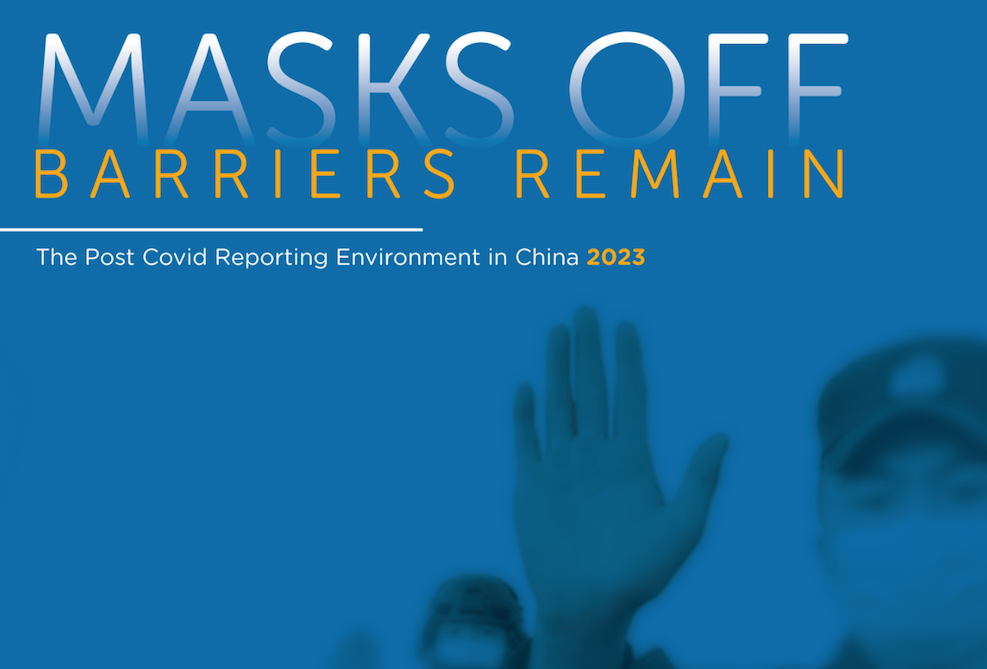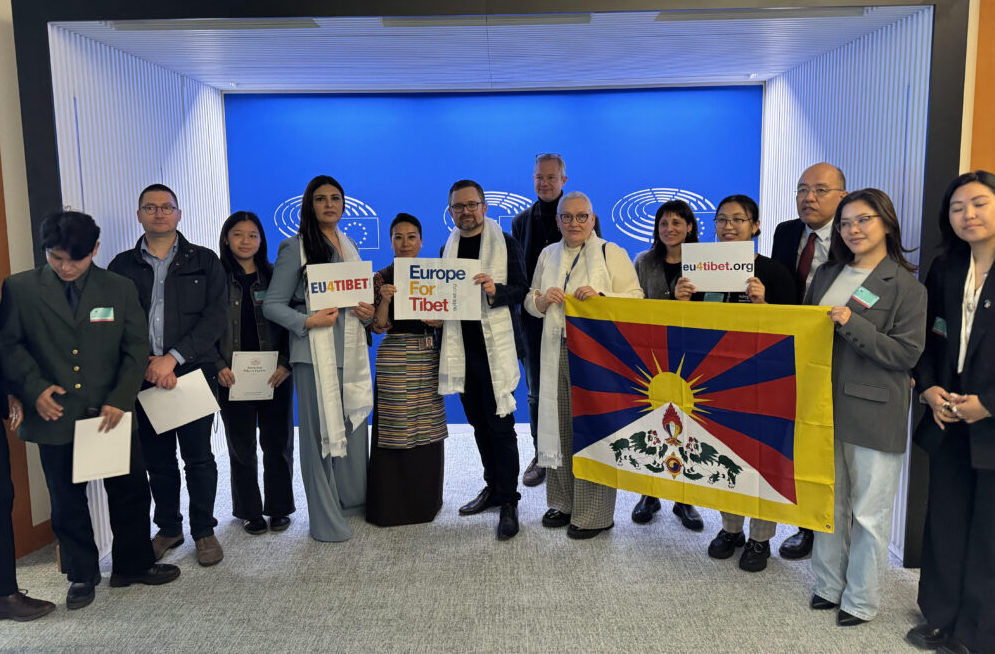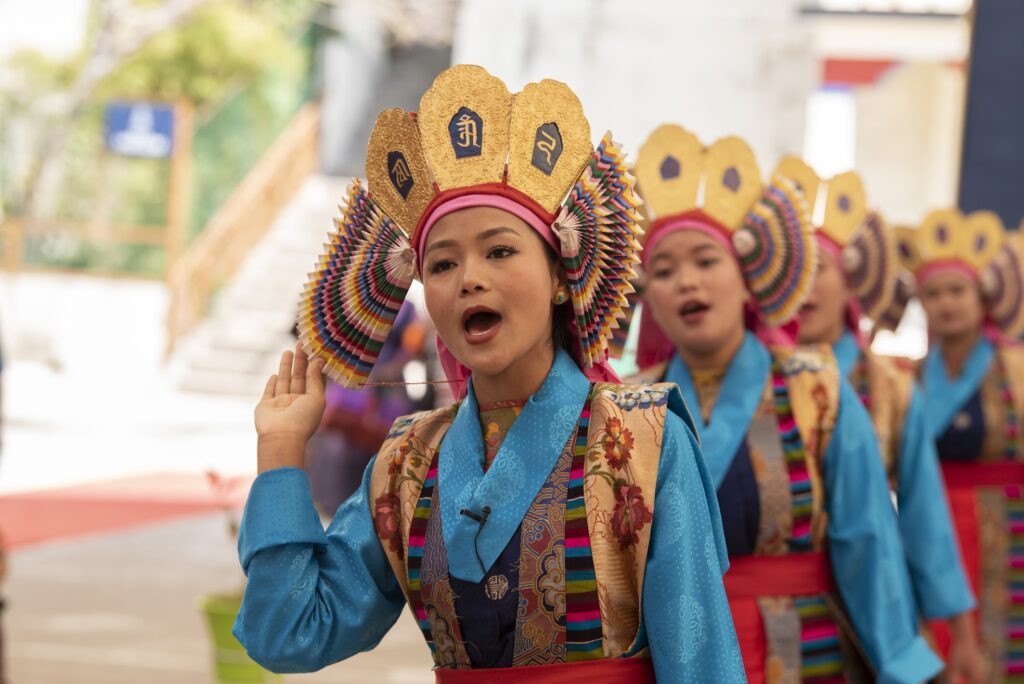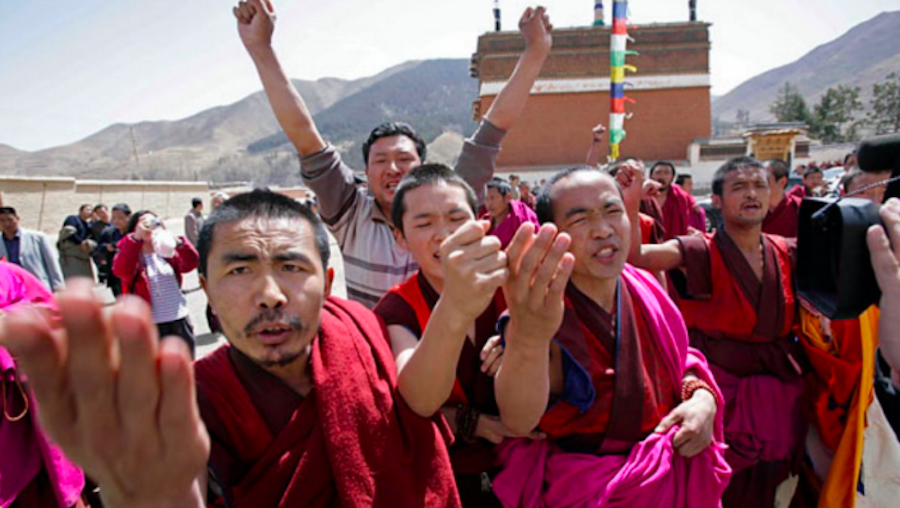By Phurbu Thinley
Dharamsala, Feb 25: Tibet’s government in exile Thursday organised a grand public function commemorating the centenary of the Thirteenth Dalai Lama’s exile to India in February 1910.
Thupten Gyatso, better known and revered by Tibetans as the “Great Thirteenth Dalai Lama” of Tibet, was forced to take refuge in British India from 1910 – 1912 following the Manchu invasion of Tibet led by General Chao Er-feng.
When the Manchu (Qing) Dynasty collapsed in 1911, Tibetans took this opportunity to expel the remnant Manchu forces from Tibet. The Dalai Lama returned to Tibet following three years of exile in India and went on to exercise a political authority not seen since the reign of the great Fifth Dalai Lama.
The overthrow of the Manchu forces and return of the Dalai Lama to Lhasa proved historically significant for Tibetans as it marked the full restoration of Tibet’s independence in as many years. The 13th Dalai Lama declared Tibet’s independence on 13 February 1913 (8th day, first month, water ox Tibetan year) by making the public statement of the five points of reasserting Tibetan Independence. At the same time, in January 1913, Tibet and Mongolia declared independence and, subsequently signed the Tibet-Mongolia Treaty of 1913, a treaty of friendship and recognition of each other’s independence, .
For 39 years so, from 1911 to 1950, until the invasion by Chinese Communist government, Tibet was to enjoy complete independence free from any foreign control.
Tibetans remember Thupten Gyatso as the “Great Thirteen Dalai Lama” for his much accomplished role in strengthening Tibet politically and for his vision to bring about far-reaching reforms to usher Tibet into an era of modernity against all existing odds at the time.
Only two Dalai Lamas have so far set themselves apart, and been called ‘Great’. They were the Fifth Dalai Lama and the 13th Dalai Lama, Thubten Gyatso.
Thupten Gyatso became Dalai Lama at a time when Tibet was in imminent danger of being destroyed by the machinations of Russia, China, and Great Britain. There were also serious problems within Tibetan society; the ruling elite had become corrupt and the power of the monasteries had become oppressive.
He was born in 1876 at Thakpo Langdun in south Tibet to Kunga Rinchen and Lobsang Dolma, a peasant couple. It was a time when the prestige of the Dalai Lama was at a very low ebb. His four most recent incarnations had been little more than figureheads, manipulated in a struggle for secular power. They had all died young. The influence of the Manchu emperors of China had grown during this period of instability, as had the imperial ambitions of the European powers.
He was recognised as the reincarnation of the Dalai Lama in 1878 and in 1879, was enthroned at the Potala Palace. On 8 August 1895, he assumed political power and went through the British invasion of Tibet in 1904 and the Chinese invasion of his country in 1909 and survived both experiences, with his authority enormously enhanced.
The Great 13th Dalai Lama rose to the challenge by addressing the problems within Tibetan society, such as petty regionalism and the traditional rivalries of the monastic orders; he created a small national army and tried desperately to establish diplomatic links with other nations in order to extricate Tibet from the web of treachery being spun around it.
During his leadership, legislation was introduced to counter corruption among officials, a national taxation system was established and enforced, and a police force was created. Besides attempting to modernize Tibet, the Dalai Lama also tried to eliminate some of the more oppressive features of the Tibetan monastic system by restoring discipline in monastic life, and increasing the number of lay officials to avoid excessive power being placed in the hands of the monks. In 1914, he strengthened the Tibetan military force by organizing special training for the Tibetan army.
After his return from exile in India, Thubten Gyatso assumed control of foreign relations and standardised the Tibetan national flag in its present form. While in exile in India, the Dalai Lama was fascinated with the modern world and he introduced the first currencies and coins of Tibet. In 1913, he established the first post office in Tibet and he also sent four young Tibetans to England to study engineering. The Tibetan Medical Centre (Men-Tsee-Khang) in Lhasa, near Jokhang, was also started by the 13th Dalai Lama. In 1923, he established a police headquarters in Lhasa for the security and welfare of the Tibetan people and in the same year, he also established the first English school in Gyaltse.
Few months before he passed away in 1933, the Great 13th Dalai Lama prophesied the invasion of Tibet and warned the nation to be prudent about the tragedy of what was to befall Tibet
Tibetan Prime Minister (Kalon Tripa) Prof Samdhong Rinpoche and the speaker of the Tibetan Parliament, Mr Penpa Tsering, addressed the ceremonial function at the Tsuglagkhang (Main Tibetan Temple) here this morning.
Rinpoche said today’s commemorative function was part of a series of official activities to be organised in the coming months as a collective expression of gratitude and reverence for the 13th Dalai Lama’s great leadership in the history of Tibet.
Later in the afternoon, Kalon Tripa spoke on the accomplishments of The Thirteenth Dalai Lama to an exclusive audience of officials of the Central Tibetan Administration.









